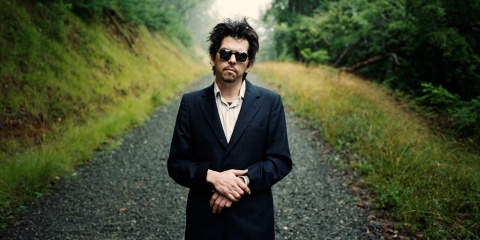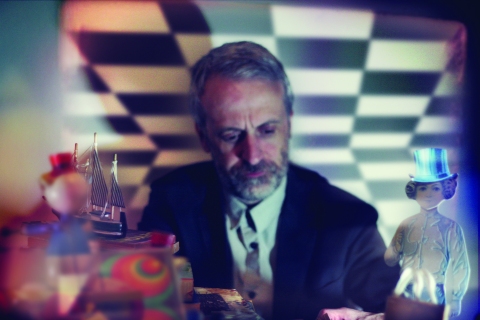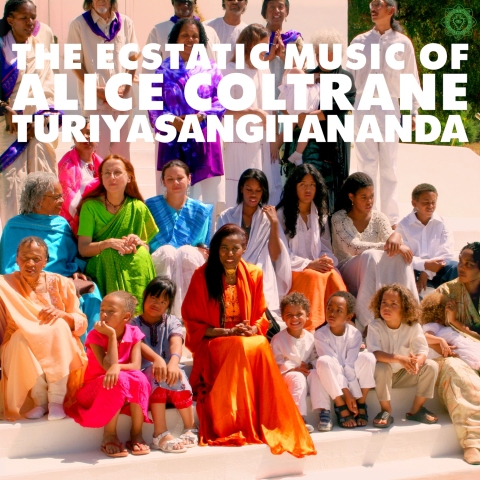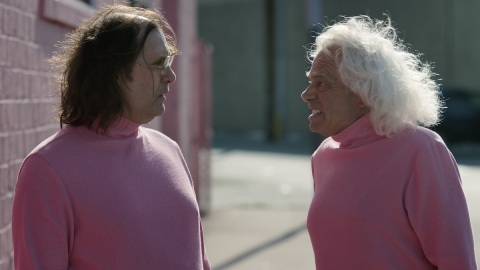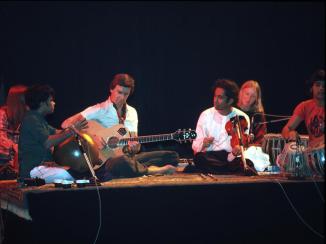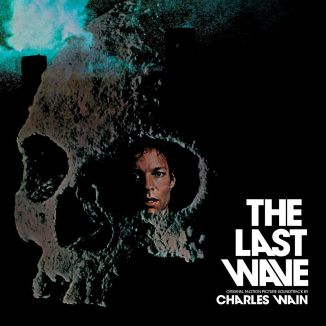Okay. I’m going to write two words and I don’t want you to judge me. Because believe me, no one is judging me harder than myself right now. But please hear me out. ‘Smooth jazz.’ Yeah I know, but lately I can’t get enough. I blame politics. From Trump to the homophobic idiocy of the marriage plebiscite, there’s no doubt in my mind that psychotic lunatics control the word. And in this time of uncertainty and chaos, the smooth inoffensive, funky warmth of Grover Washington Jr and George Benson have offered me a peculiar kind of solace.
It started innocently enough, I found A Wilder Alias, the 1974 album from husband and wife vocalists Jackie on Roy on Creed Taylor’s legendarily smooth CTI records. With wordless vocals and funky fusion sounds from saxophonist Joe Farrell and percussionist Steve Gadd, it was loud, adventurous and playful and I was seduced by the gatefold packaging. So when I spied George Benson’s 1972 White Rabbit, with the likes of Herbie Hancock, Ron Cater and Billy Cobham I couldn’t resist. It’s so funky smooth, possessed by swinging yet safe covers of California Dreamin and Jefferson Airplane’s White Rabbit. From Deodato to Ron Carter, Bob James to Freddie Hubbard its all been CTI. Creed Taylor had produced at Verve, brought Coltrane to Impulse and was given free reign on CTI to blur jazz and pop to bring jazz to the masses. In this crazy mixed up world it’s the only thing getting me by.


